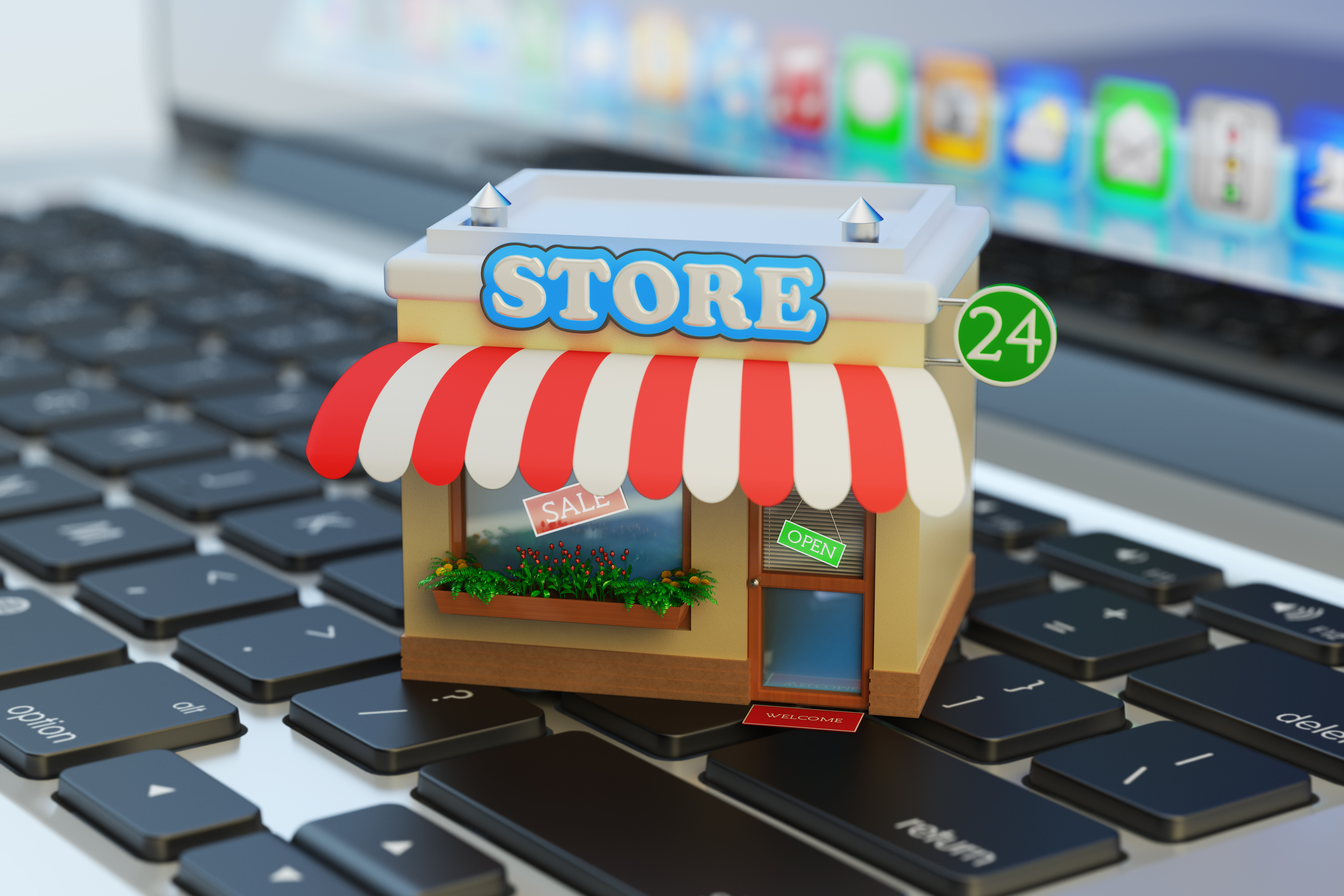5 Tips to Protect Your Business When Dealing With Payments

Most of the credit card frauds that took place earlier were related to “card-present” cases. These days with adequate security procedures like EMV (Europay, MasterCard and Visa) chips to make transactions secure, something sinister is happening.
A new type of card fraud is emerging with “card-not-present” type of transactions. In such type of card payments, you are not physically swiping the card, but are using it on online platforms to perform E-Commerce transactions.
In order to deal with such type of card or identity theft, users are requested to get back to their credit card provider or the issuing bank for the reversal of the fraudulent charges. In the normal E-Commerce environment, where a buyer and a seller are involved, merchant is held liable for any fraudulent charges and they are supposed to reverse these charges.
These days, a new type of e-Commerce environment is emerging, where different buyers and merchants come together on a single platform. In this case, the platform-merchant relationship decides as to who is to be held responsible for frauds.
Recently, a trend is emerging where a swindler masks as a merchant and then they manipulate the platform to commit fraud before disappearing from it. In such cases also, the platform is held responsible for the fraud.
Now we’ll discuss what a platform owner can do to protect itself and its buyers against such frauds. Here are 5 tips to prevent such incidents and minimize the losses due to fraudulent cases.
Educate yourself on credit card fraud
There is no fixed modus operandi for credit card and other types of payment frauds because they are constantly evolving. Criminals in cyberspace use innovative techniques and latest technology to commit such acts. So what is recommended today may not be relevant in the future.
Constantly update yourself and keep on exploring newest fraud tactics. Employ latest technology and find the best ways to deal with the current threats efficiently. There are different types of frauds prevalent in the online marketplace today and these include buyer identity fraud, merchant identity fraud and merchant credit risk. Scammers can mask themselves as legitimate buyers and sometimes merchants as well.
Implement simple protection
To start with, employ the proven tools and techniques to avert fraud. For example, user data should be validated first with database companies like Equifax, Lexis-Nexis and Experian. You can also perform a history and credit check about the user, so as to make sure that he is a legitimate buyer or seller.
Do some social data mining
Entering into advanced fraud protection measures, social data verification can supplement our efforts to protect customers from fraud. We can perform data-mining from platforms like Facebook and LinkedIn. We can pull these social insights to validate user identity through them. Scammers can create fake social media IDs, but it doesn’t take much to find if it is their regular ID or if it is designed in a hurry in order to commit a fraud.
Use your instincts
If something sounds too good to be true, stay away from it. If someone offers a deal that they are going to pay for the project in advance and it sounds too good to be true, there is high probability that it can be fraudulent.
Don’t do dilly dallying
Frauds are inconsistent and unpredictable in nature. Sometimes, frauds do not take place for a long time and suddenly you observe a surge in fraudulent activities. So, regularly monitor these activities with the help of latest tools even if no fraudulent activity is detected on your platform. Always stay alert as fraudulent activities can come as surprise and hamper normal business activities. They can also affect your profits and employee morale negatively.




